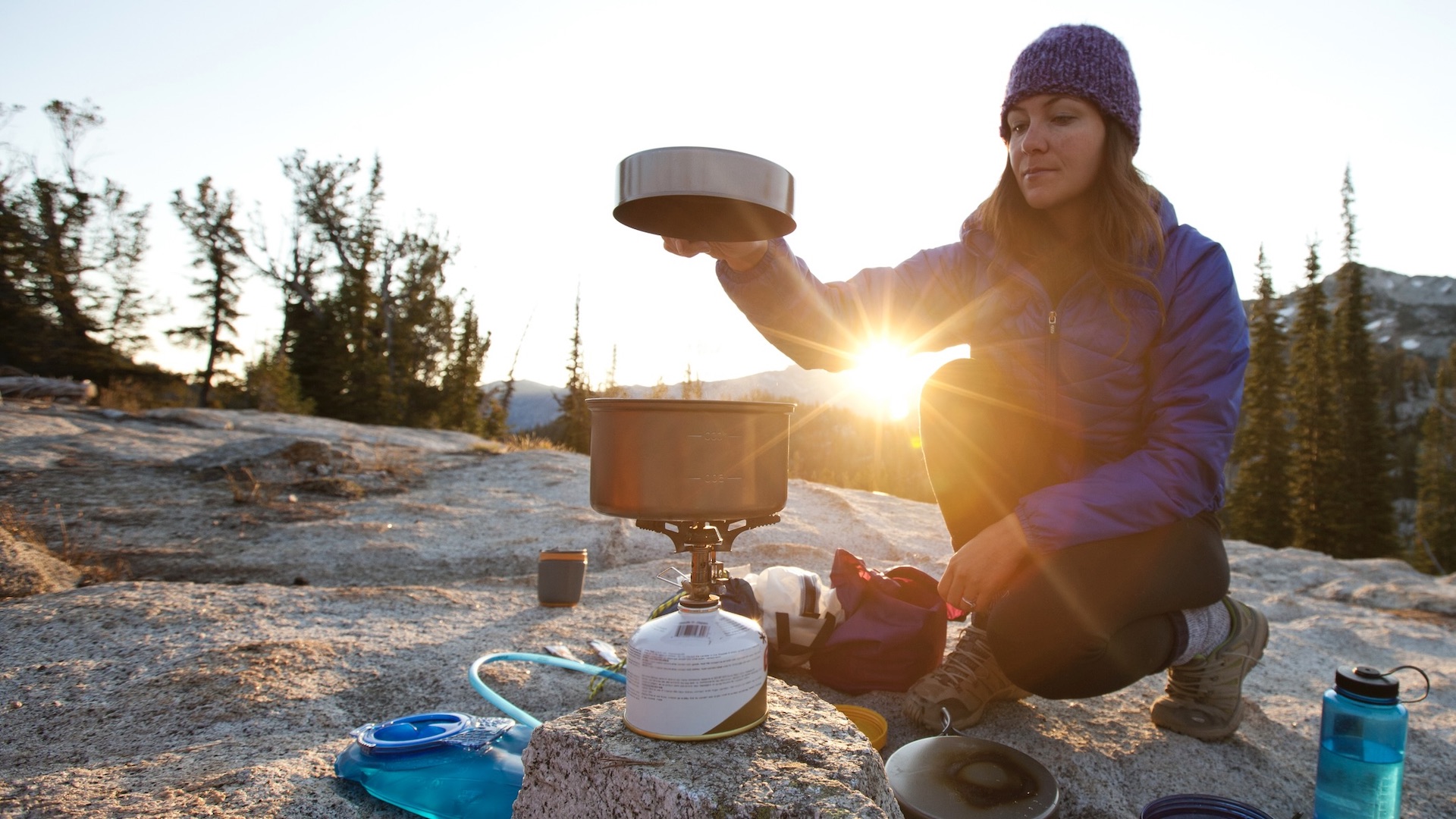
Food, glorious food. Nothing is quite as satisfying after a long day having fun in the great outdoors. Bringing hot food to life is just one of the reasons you need a camping stove for your adventures. From campground cusine to boil-in-the-bag backcountry convenience, a camping stove is essential if you want to enjoy hot food. And that’s before we’ve even mentioned coffee...
Beyond sustenance, there are other reasons a camping stove is such a vital tool for explorers. It also provides the ability to purify water and melt snow, a lifesaver in extreme environments.
To give you an overview of why you need a camping stove, we asked one of our gear experts to delve into why these ingenious little gadgets are so indispensable.
Reasons you need a camping stove
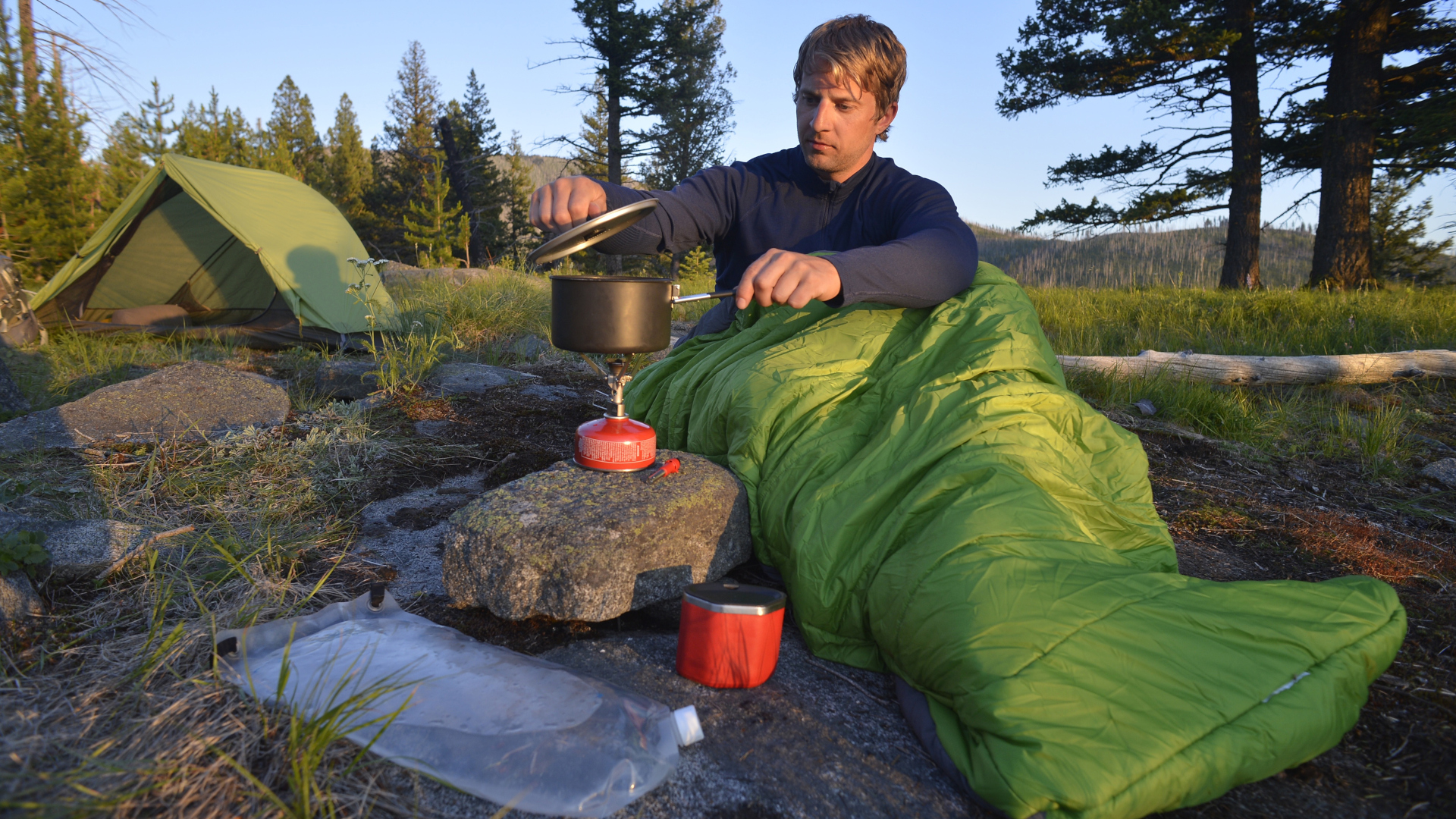
Here are our 7 main reasons you need a camping stove. For more on each reason, click the links or scroll down.
1) To make dinner time an event: making and enjoying a hot meal is a big part of the camping experience.
2) It’s cheaper than eating out: cooking reduces the cost compared to restaurants on a longer trip.
3) Warm food is more satisfying: a hot meal in the great outdoors is much more satisfying than a cold one.
4) Warm food helps maintain core body temperature: this is particularly important when camping in winter.
5) Because coffee is important: having a hot drink is just as enjoyable and important
6) To purify water: the ability to boil water gives you the ability to purify it, avoiding nasty pathogens.
7) To melt snow: when snow is your only means of obtaining water, you need to be able to melt it.
Meet the expert
What is a camping stove?
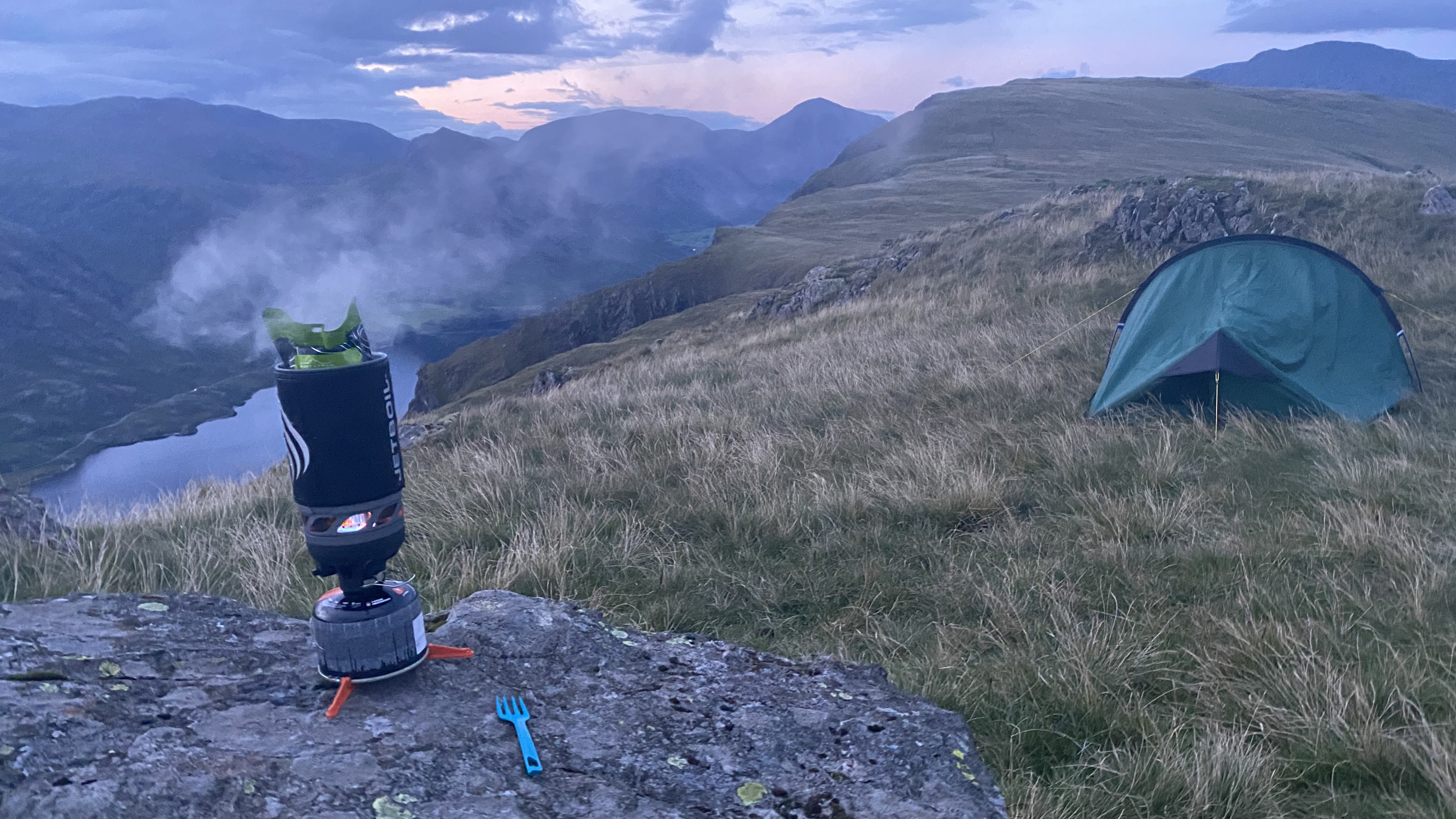
A camping stove is a portable cooking stove that’s designed for the great outdoors. It connects to a portable fuel source, which is usually stored in a canister, bottle or tank.
There are several types of camping stove. The most common backpacking stoves are canister stoves, designed to be as lightweight and portable as possible. The stove screws into a small canister containing compressed butane or propane. Backpackers also use liquid fuel stoves, which connect to a reusable canister containing liquid fuel such as white gas or kerosene. Both these kinds of stoves are great for boiling water and making simple meals when exploring the backcountry.
Car campers often opt for something more akin to their cooking systems at home, which is where a double-burner stove comes into play. These stoves are larger, heavier and less portable than backpacking stoves, featuring two burners and windshields that protect the flames from gusts. They allow you to cook up more complicated camping meals.
Wood-burning stoves are available in both backpacking and car camping versions. Instead of traditional stove fuel, they use natural materials like twigs, leaves or even charcoal briquettes.
7 reasons you need a camping stove
Here's more detail on our 7 main reasons you need a camping stove for your car camping and backcountry camping adventures.
To make dinner time an event
- On a camping trip, dinner time should be an event
- Get everyone involved in the cooking process and enjoy
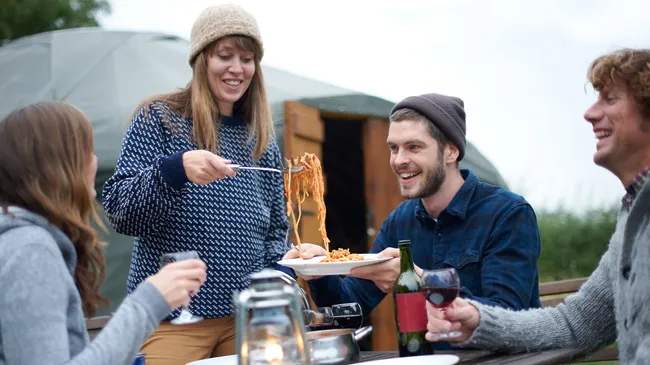
Camping is all about the simple pleasures in life and there are few as wonderful as eating a cooked meal in the backcountry. Whether you’re car camping with a double-burner stove or heading off for a wild camp with your portable canister stove, your hot evening meal should be an event, one of the highlights of the overall experience, on a par with the campfire. Handing out cold sandwiches at the end of the day is a much less enjoyable ritual.
It’s a lot easier to go all-out when car camping, as you can bring all kinds of ingredients and cooking utensils from home. Unfold the camping table, get the kids involved and cook up a wholesome treat. Dual burners mean you can use one for noodles or rice, while the other can be used to fry up and add some sauce. Pop a lantern in the middle of the table, pull up the chairs and enjoy a (hopefully) delicious al fresco treat.
It is cheaper than eating out
- Cooking during camping vacations is cheaper than eating in restaurants etc
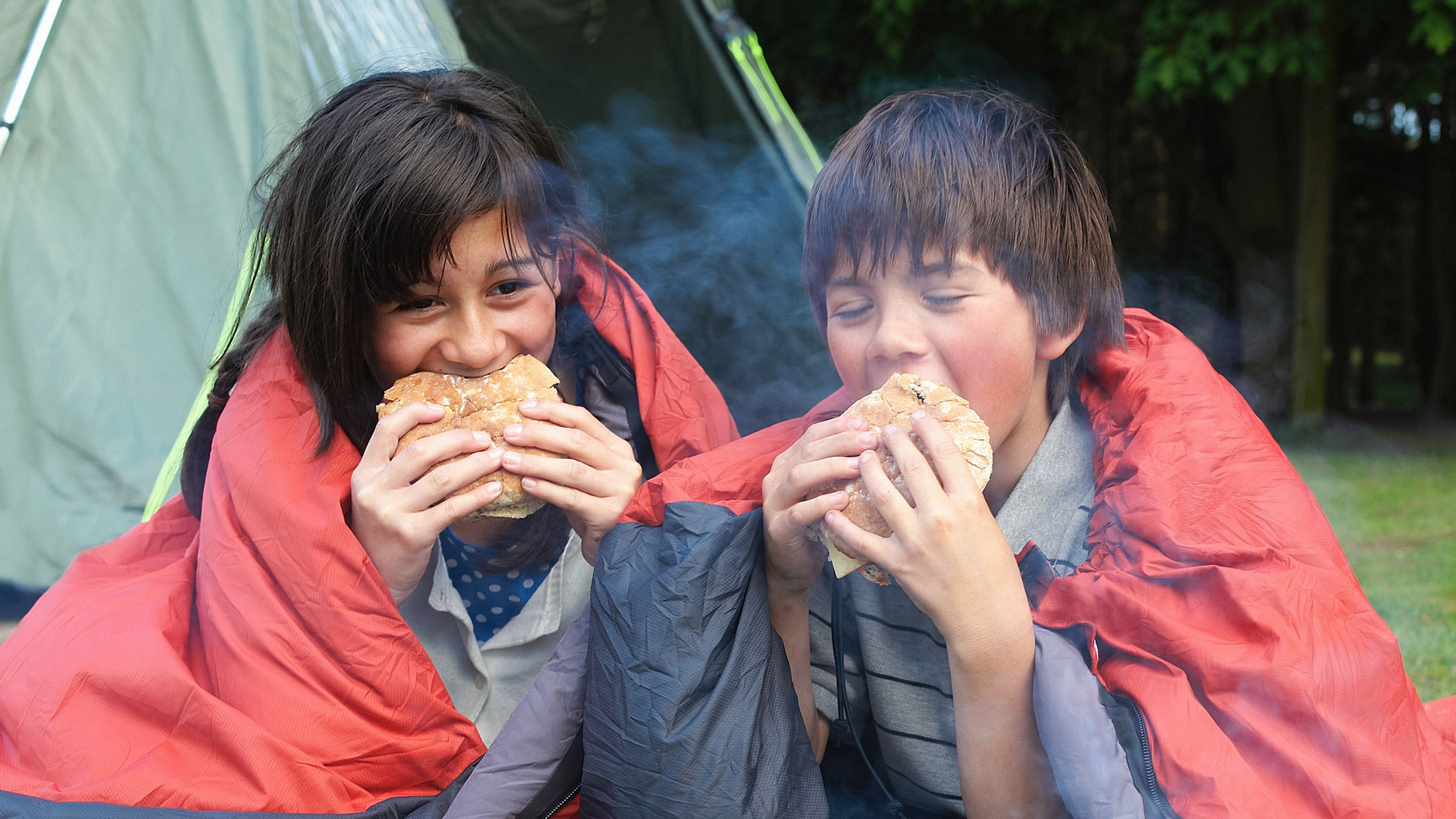
On the face of it, camping is a wonderfully affordable activity once you’ve got all the gear. However, if you don’t bring a stove, you’re going to be reliant on eating out – unless you want to spend your entire trip devouring cold food. On a longer camping vacation, costs can quickly rack up. A camping stove gives you the flexibility to mix it up and save a few dollars.
Warm food is more satisfying
- Cooking brings flavors to the fore, making for satisfying meals
- The smells also evoke happy memories
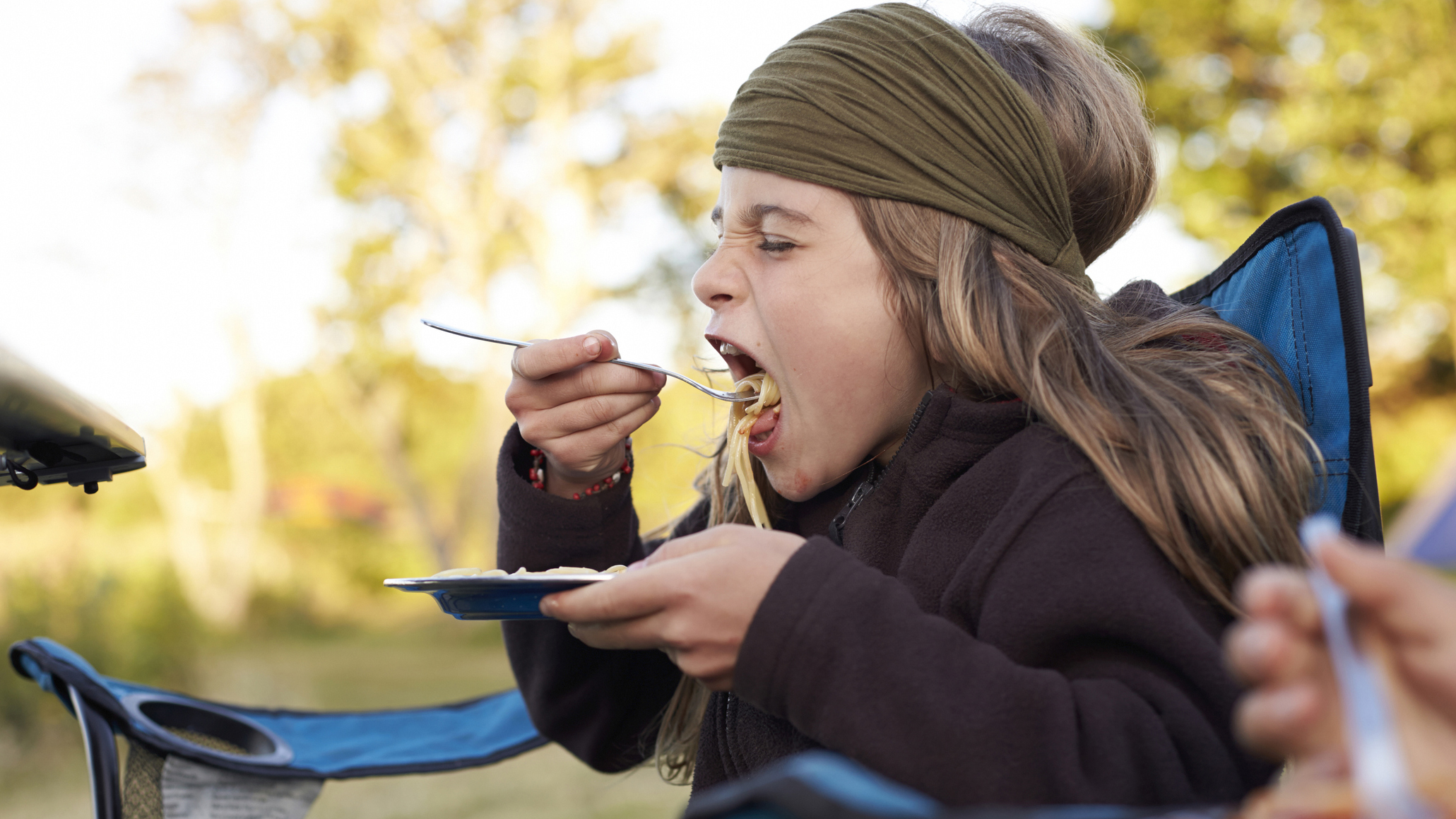
On a backpacking expedition, the alternative to having a camping stove is to eat cold food for the duration. There’s nothing wrong with this, of course, but hot food is just so much more satisfying. It might be the way cooking brings flavors to the fore, or it might be the fact that cooked food is easier to digest, thus giving you a more noticeable boost than cold food does. Whatever the science, hot food in the backcountry tastes amazing.
Also, because cooked food releases aromas more readily, their smells can transport us back in time, evoking happy memories and providing a sense of comfort and wellbeing. This can be a huge morale boost when alone in remote surroundings.
Warm food helps maintain core body temperature
- Eating hot food helps your body maintain its core temperature in winter

If you’re cold, you’ll hanker after warm, cooked food in the same way as you’d long for an ice-cold drink on a hot day. This is because eating warm food helps you maintain the 98.6°F / 37°C core body temperature required to keep everything running smoothly.
This is particularly important when you’re winter camping, as your body may need all the help it can get. A cozy down jacket or plush sleeping bag is only warm thanks to its ability to capture your radiated body heat, whereas a hot meal will actually warm you up. Having a hot meal before bedding down for the night is a good way to ensure you begin your slumber feeling toasty rather than chilly.
Because coffee is important
- A stove gives you the ability to make hot drinks for the trail
- You can also make some belly warming alcoholic hot drinks for around the campfire

Just as hot food is warming and invigorating, so too is a hot drink. Nothing kickstarts a groggy, weary mind like a piping hot mug of java in the morning. Plus, if you’ve got a long day on the backcountry trails ahead, you may want to fill up your hiking flask for a brew on the summit. Coffee somehow tastes better in the great outdoors.
Of course, coffee is merely the tip of the iceberg when it comes to the array of hot drinks you could be enjoying. Why not embrace your inner Brit and enjoy a delicate cup of tea, or something less caffeine-orientated like a peppermint or ginger tea? You could get much more ambitious too, brewing up a delicious, belly warming, hot alcoholic cocktail to share around while singing campfire songs at night. You’ll be the envy of the campground.
To purify water
- Boiling is one of several ways to purify wild water
- Pathogens commonly found in water don't survive above 170°F / 76.7°C
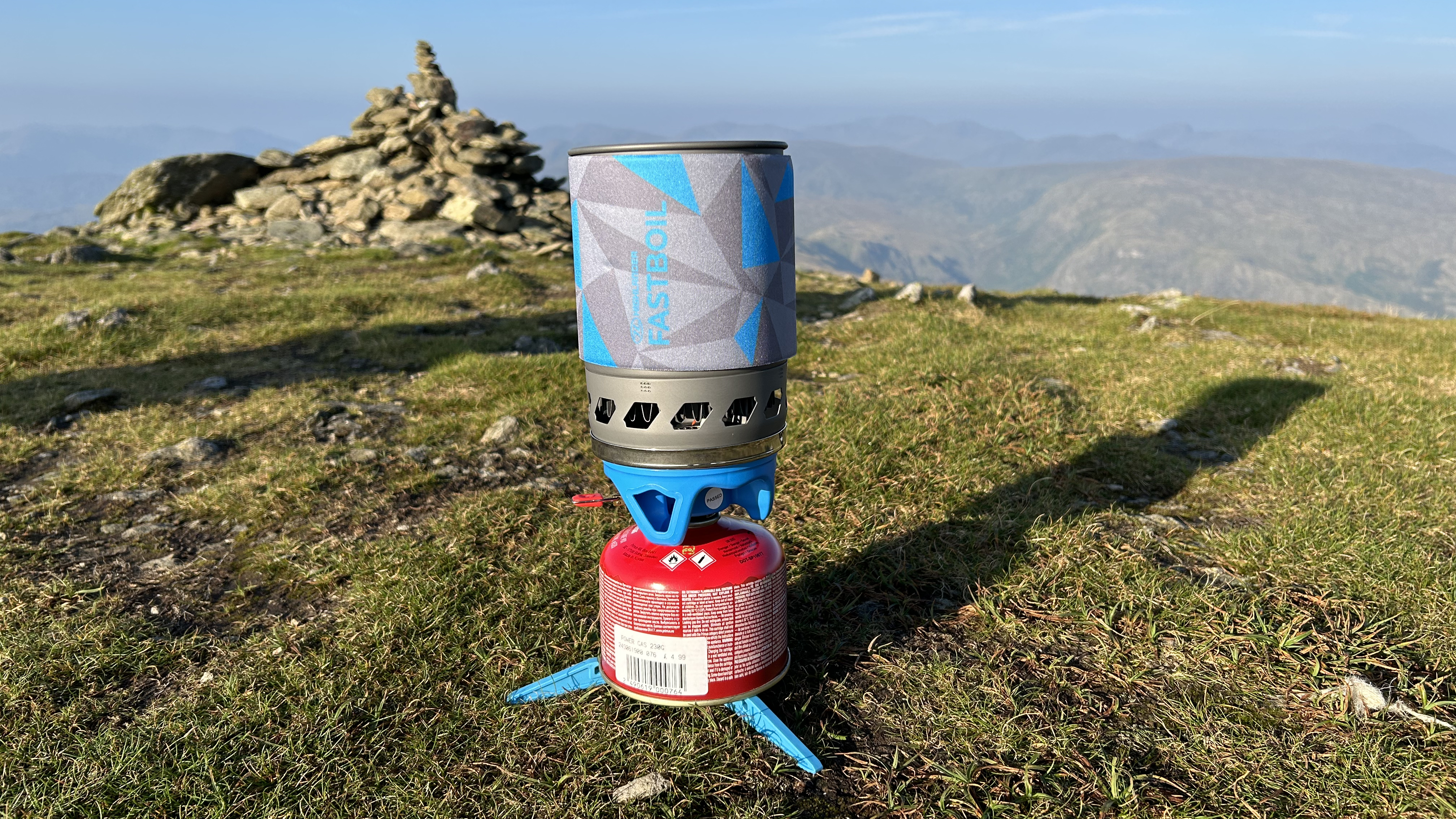
There are several ways to purify water in the backcountry and boiling it is one of them. There aren’t many things that can ruin an adventure quite like a nasty stomach bug and there’s always the chance that untreated water can carry bacteria, protozoa or viruses.
Fortunately, boiling is one of the safest ways to make wild water safe to consume. Water boils at around 212°F / 100°C and will eliminate the pathogens commonly found in wild water, which can’t withstand temperatures in excess of 170°F / 76.7°C. Although water’s boiling point drops with elevation, you’d have to be above 22,966ft / 7,000m before this becomes an issue. In these cases, you’d probably have bigger fish to fry.
A 2-minute bubbling, rolling boil should be enough to kill off any potential nasties, negating the need to carry alternative water purifiers.
To melt snow
- The only way of producing water at high altitude is to melt snow
- Liquid-fuel stoves are the best for these situations
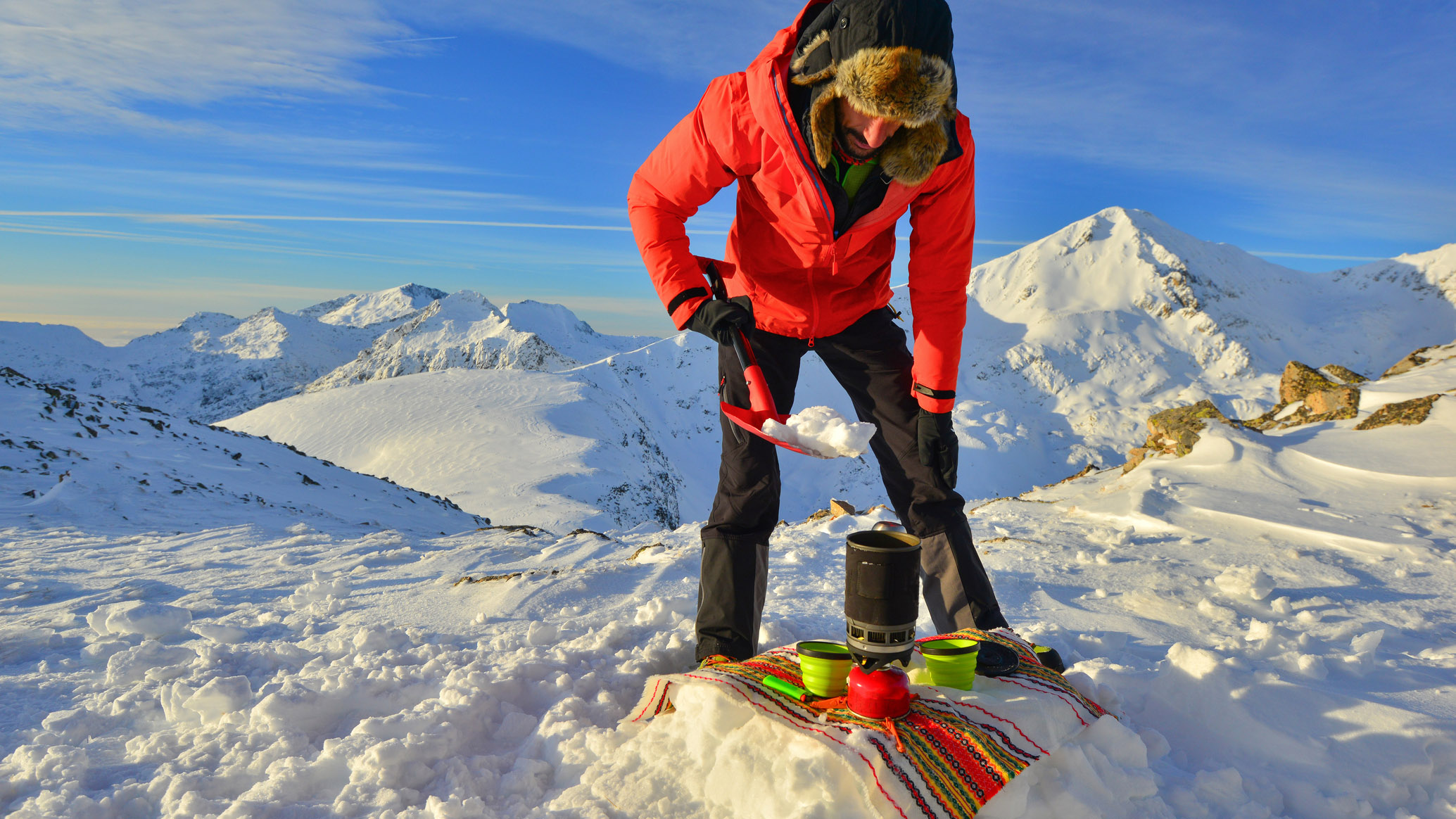
Speaking of extreme elevations, this one goes out to all the high-altitude mountaineers and polar explorers among you. Once you venture into these landscapes, liquid water is no longer a thing. This means, your only means of getting water to drink and cook with comes from melting frozen snow, a laborious and time-consuming process when you’re already dealing with the debilitating effect that high altitude can have. By general consensus, liquid-fuel stoves are the best for such situations, with white gas being the fuel of choice.
A camping stove is absolutely essential for this purpose. Joe Simpson’s ordeal on Siulla Grande, documented in the modern classic Touching the Void, may have been avertable had he and climbing partner Simon Yates not ran out of fuel for their stove. Their inability to melt snow forced a hastier retreat than would have otherwise been the case. This retreat was what eventually led to the famous cutting of the rope and the rest of that incredible tale of survival against all the odds.







